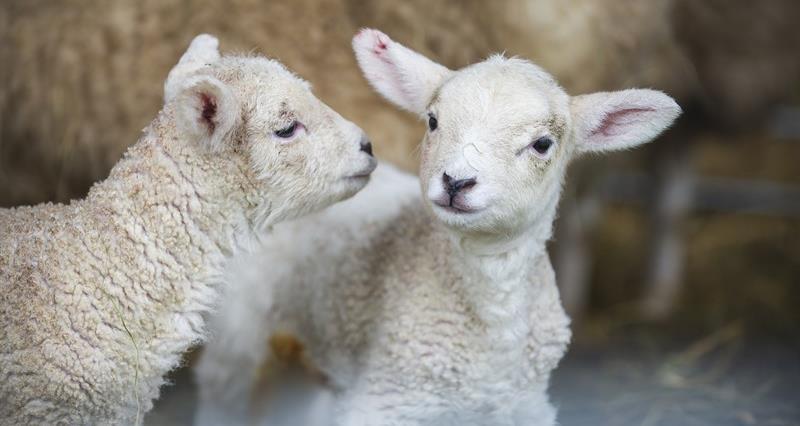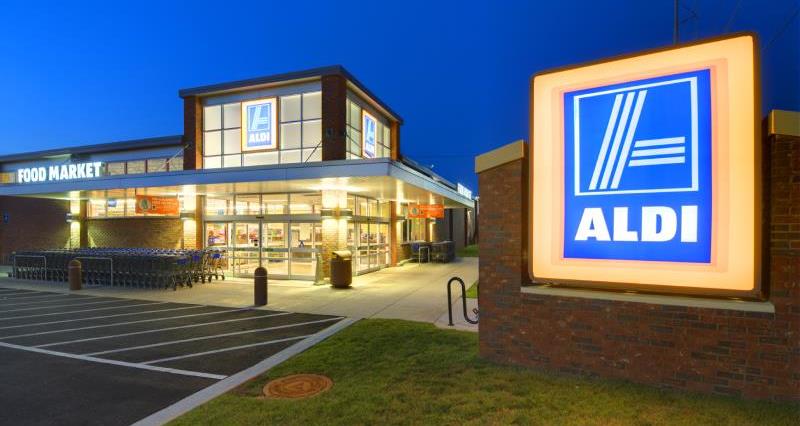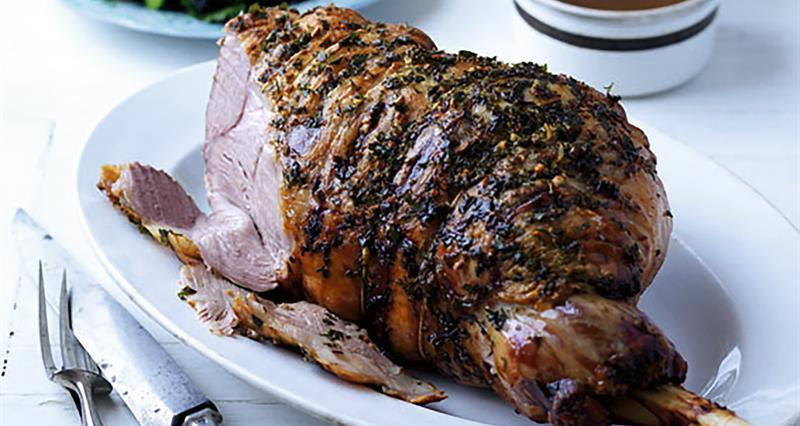Tail docking and castration in lambs is considered necessary to manage negative health and welfare impacts caused by fly-strike, or to avoid unwanted pregnancies and complications during post-slaughter processing.
Both procedures are permitted in the UK however, this is governed by legislation including the Veterinary Surgeons Act (1966), the Welfare of Livestock Regulations (1982), the Animal Welfare Act (2006) and the Mutilations (Permitted Procedures)(England) Regulations (2007).
The Farm Animal Welfare Council’s report released in December 2022 discussed the implications of castration and tail docking (which are in the legal terms described as mutilation procedures) on the welfare of lambs and makes several recommendations related to these routine management procedures.
NFU response
As a result of this report and due to growing pressure on the veterinary profession and resource, there is potential for regulatory changes to be taken forward by the new government.
The NFU therefore sought sheep producers’ participation in a short survey on the lamb production and husbandry and management methods. The results will provide us with a comprehensive understanding of practices within the sector and the necessary information and data to highlight the detrimental impact of introducing restrictions on these routine management procedures.
What the data showed
The survey attracted enormous interest, with 1748 respondents, covering the management of over 1 million lambs in England and Wales.
The results show that 99% of respondents use rubber rings when they castrate and tail dock lambs, proving how essential rubber rings are to these vital management procedures.
Further results were gathered from the survey, and if needed, the NFU will use these in conversations with the government to ensure rubber rings can continue to be used for lamb husbandry and stock management.
If you have any further comments or questions about this survey, please contact us via NFULivestock@nfu.org.uk.



